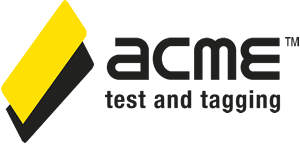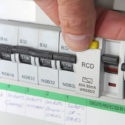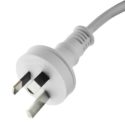Managing Retest Intervals for Mobile Services
Due to the mobile nature of their operation, businesses that provide on-site services away from their home base need to make special considerations about what retest intervals should be applied to the appliances used by their mobile team. 
What might be a suitable interval at the home base may not necessarily be suitable at the site the technician attends. This can create problems about meeting the client’s electrical safety compliance requirements in relation to the testing and tagging of appliances used on-site. This issue needs extra consideration when traveling across boarders and interstate.
If the site where the works are to be performed have a requirement for a shorter retest interval than what is applied the technician’s home base workshop, even though the testing and tagging of their appliances was up to date and the tags are current, they may be deemed out of date at the client’s site. The result is the technician might not being able to use their appliances or they would have to get them rechecked, often at a premium rate due to the urgency of the situation.
The easiest way to avoid being caught out is to check the site requirements in the days or weeks before the visit is scheduled. This information is usually contained in a “site induction” or can be obtained by the contacting the site Safety Officer.
Here are some workplaces where you might need to check your tags will be recognised as current / valid.
There are lots of other workplaces and industries that have their own specific requirements, so always check ahead of time so you don’t get caught out.
This information is general in nature, should be used as a guide only and read in conjunction with the relevant Standard(s), State and/or Federal Legislation, Codes of Practice and Industry Standards specific to your workplace. A proper risk assessment should be under taken before acting on the information provided in this document or any related material. Further information can also be obtained from your local Workplace Authority, Electrical Safety Authority or a suitably qualified persons. This article is copyright protected.





